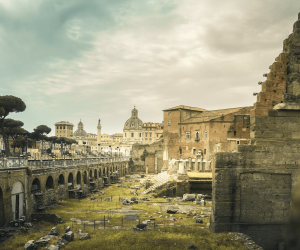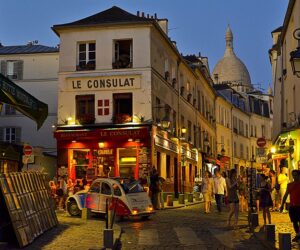The Spanish islands are divided in two major groups, the Canary Islands located in the Atlantic Ocean and the Balearic Islands located in the middle of the Mediterranean Sea.
The Spanish islands of this two archipelago have beautiful nature and incredibly varied scenery. They offer a perfect combination of nature and beach holidays for the visitors.
The Balearic Islands includes the well-known island of Ibiza and Mallorca and also some lesser known gems such as Menorca, Cabrera and Formentera. They are known as the Mediterranean Paradise because of their wonderful beaches, cave systems and ancient ruins.
The Canary Islands enjoy warm and sunny weather all year around due to the subtropical climate. The islands were formed by volcanoes and the incredibly colorful landscapes offer exciting outdoor activities.
Besides the well-traveled Spanish islands such as Gran Canaria, Tenerife, Fuerteventura, Lanzarote there are three smaller islands La Gomera, El Hierro and La Palma that are less visited and less spoilt.
Every Spanish island has its own distinct appeal for travelers. Pristine beaches, caves to explore, rugged cliffs and rock formations, hiking routes, volcanoes, ancient ruins from Greek or Roman civilizations and more.
Of course one can also find vibrant night-life and crazy party scenes especially on Ibiza and the bigger islands. However in this list we would like to focus on the natural beauties of the islands and we have made a list of ten tranquil islands for nature lovers.
La Gomera, Canary Islands
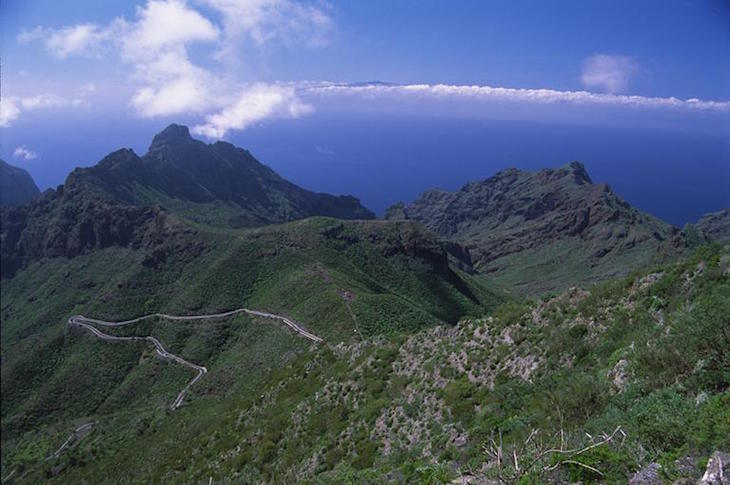
via dxnews.com
La Gomera is the second smallest island of the Canary Islands. It is a lush tropical paradise with beautiful green hills, banana plantations, traditional culture and history. Christopher Columbus set sail in the capital, San Sebastian before heading to India. There are scenic hiking trails in ancient subtropical forests, golf courses and the protected world heritage site Garajonay National Park.
Formentera, Balearic Islands
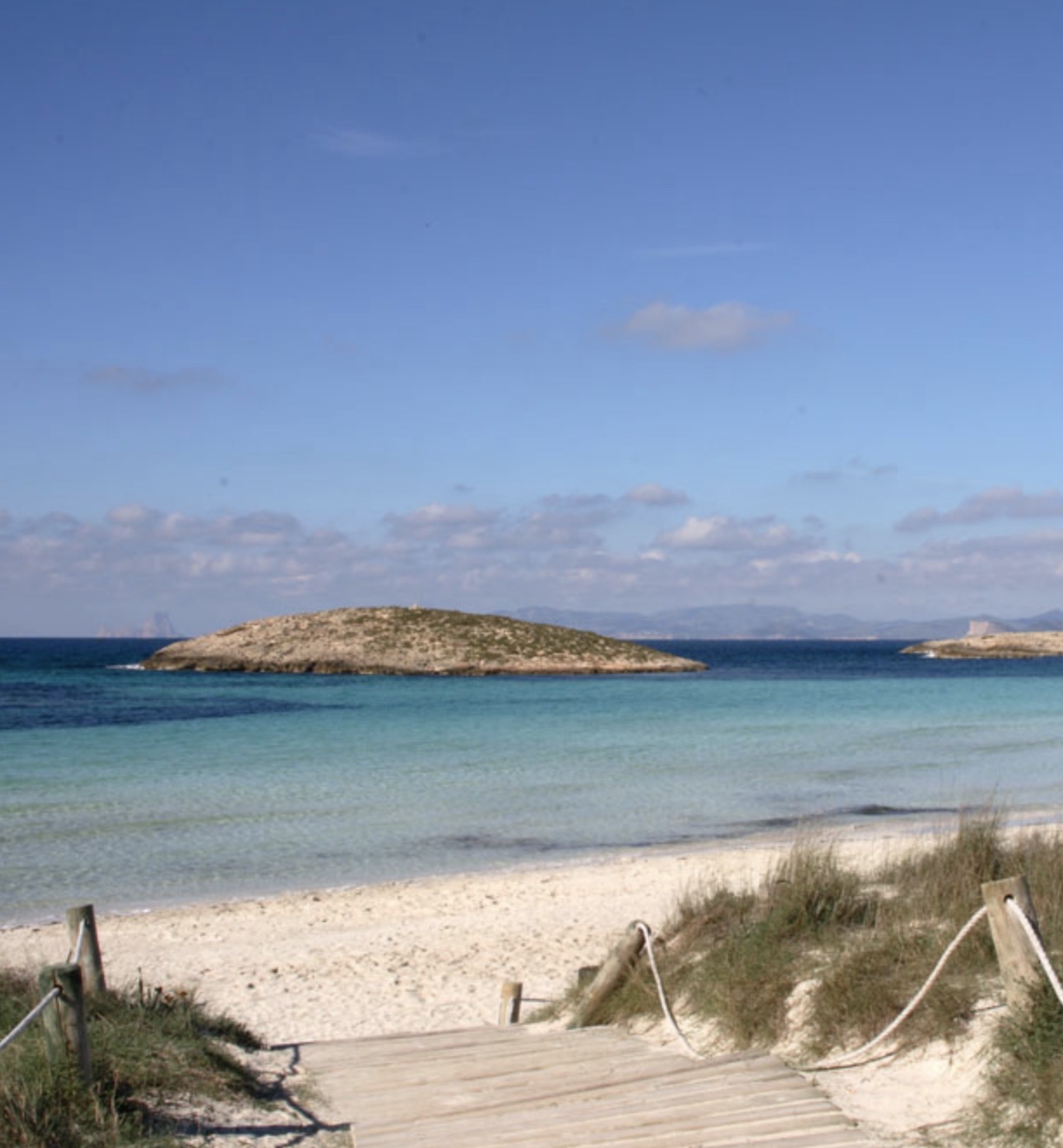
The beaches, turquoise waters and climate make Formentera a little jewel of the Mediterranean. It is a short ferry ride away from Ibiza and a perfect place if you are looking for peace and tranquillity. Formenteras clear waters are home to the posidonia plant. Although it lives in the water, it is not algae but rather a real plant, with roots, a stem and leaves that cleans the water. It surrounds the island creating a real underwater jungle, declared a World Heritage Site by UNESCO in 1999.
La Palma, Canary Islands
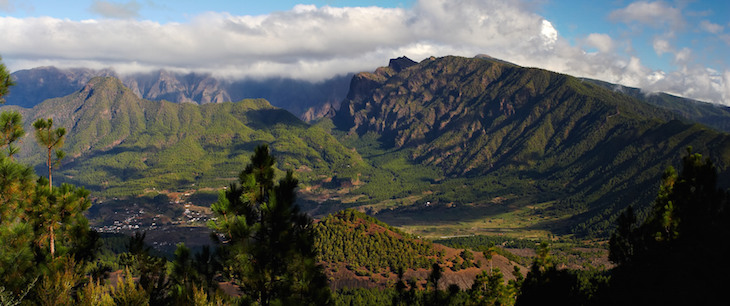
via en.wikipedia.org
La Palma is a real paradise for astronomers and eco travellers. Compared to its small size it has a varied scenery. The volcanic landscape looks like Mars, there are lush green hills and there is even snow on the highest point (2,426m) in winter. The best way to experience the island’s rugged beauty is to hike through the Caldera de Taburiente National Park. There is no light pollution only clear skies that attract astronomers from across the world. The astrophysics observatory found here is said to be the most important in the northern hemisphere.
El Hierro, Canary Islands
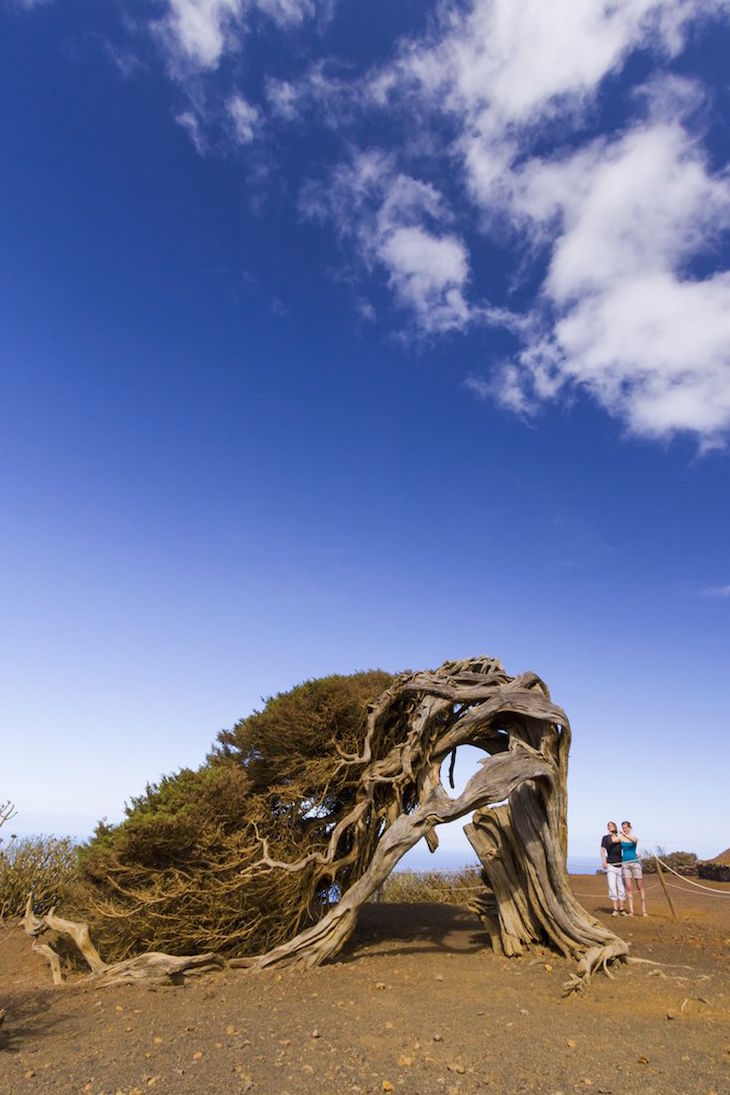
El Hierro is an untouched diving wonderland. It is also the smallest Canary Island with only 10.000 inhabitants. The crystal clear sea offers a perfect diving spot with unique marine life. The volcanic landscape with ancient and twisted trees creates a really special scenery. Explore the island on foot, horseback or by bike and get to know to the small villages and the local culture and cuisine. Try the fresh fish, handmade cheese and herbs. The island is really off the beaten track and an amazing place to try scuba diving or whale watching.
Lanzarote, Canary Islands
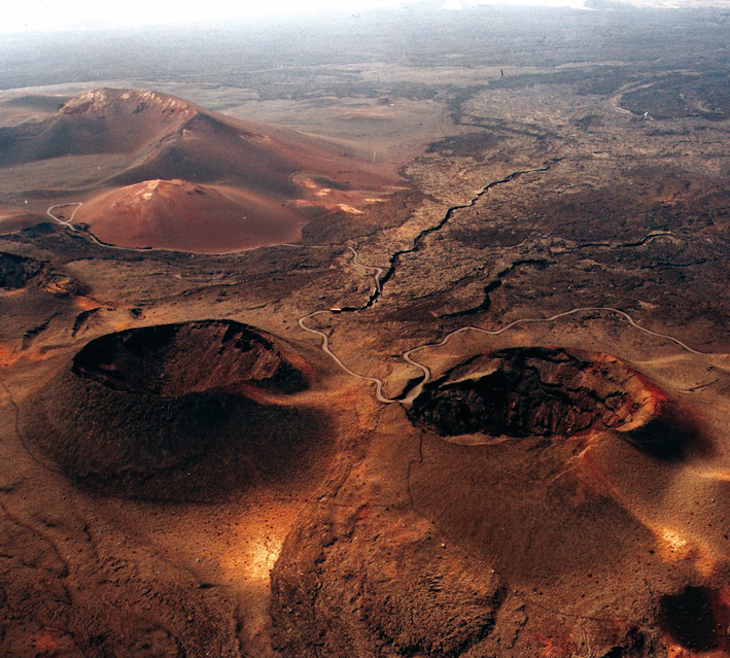
via www.pezdicura.com
The unique landmarks of Lanzarote are the black sandy beaches as well as the stark lunar-like landscapes. Timanfaya National Park offers the biggest and most impressive volcanic landscape you can visit in Europe. You can have a meal cooked by the heat of the volcano below and watch as water is turned into steam instantly. Lanzarote has some of the best beaches in the Canary Islands. Playa de Papagayo is famous for its golden sand, azure water and in a natural setting. Lanzarote has an international airport with many low cost flights from Europe.
Menorca, Balearic Islands
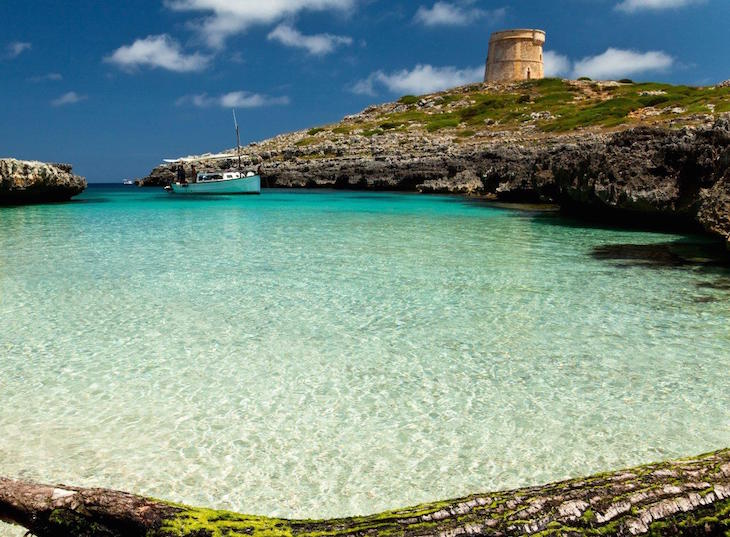
Menorca is a gem like island, located next to Mallorca, offering a more quiet setting on the stunning Mediterranean Sea. The island has beautiful relatively empty beaches and crystal clear water. Some beaches are great spots for windsurfing, waterskiing and sailing. If you had enough of the beaches, explore the ancient ruins left behind by prehistoric civilizations or hike along a path that hugs the coast. The island has exciting cave systems, excavation spots to discover. For those interested in history and architecture, La Mola Fortress is a top destination.
Tenerife, Canary Islands
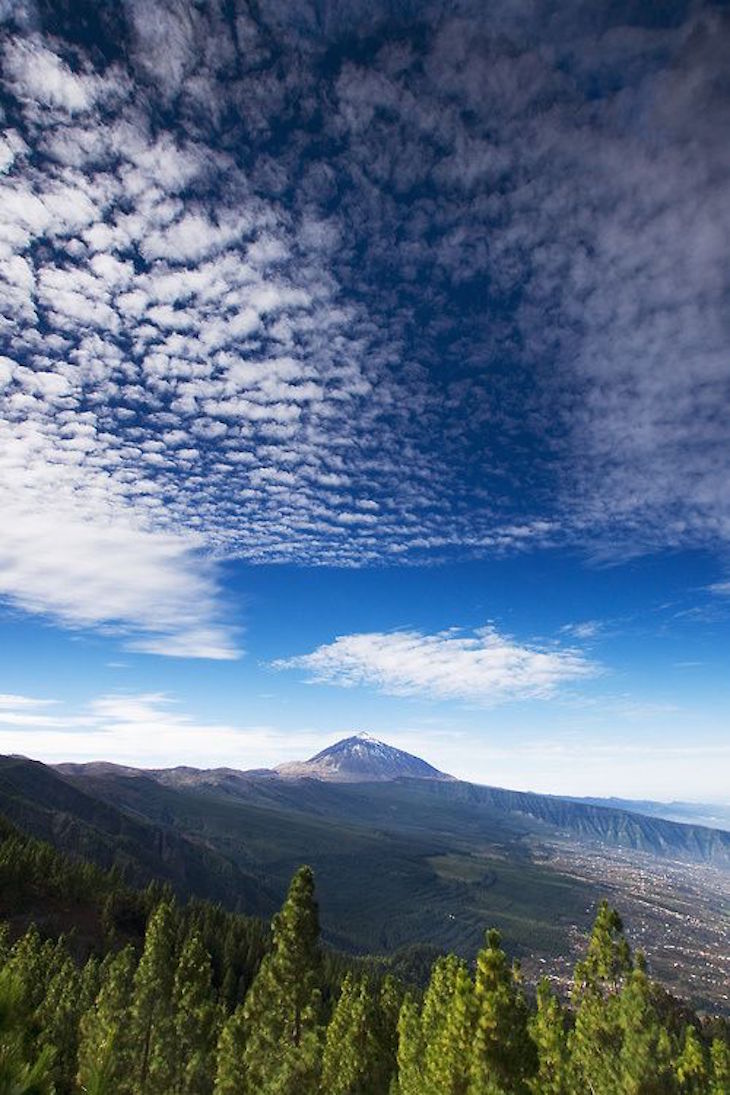
via cristimoise.net
While Tenerife attracts millions of tourists every year, it is still possible to avoid the crowds if you do not head the southern resorts. The island has Spain’s highest mountain the Pico del Teide (3718m) which is the center for hiking and climbing and already enough reason on its own to visit the island. You will need a permit to climb which you can attain from the national park’s office in Santa Cruz for free! If you prefer there is a cable car that will take you almost all the way to the top. Don’t forget to bring a warm jacket, it is cold up on the top. There are plenty of cycling tours and even camel safaris available on the island.
Cabrera, Balearic Islands
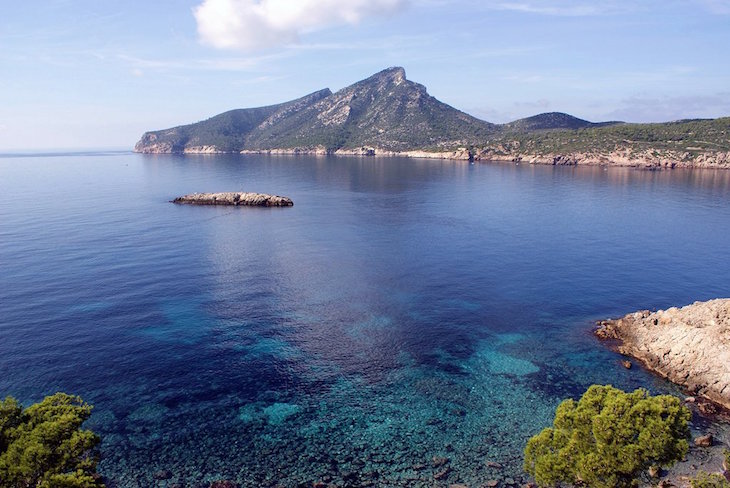
via blog.aboattime.com
Cabrera an island reserve is located in the Mediterranean Sea just face to face to Mallorca’s southern coastline. It is an archipelago consisting of the main island, Cabrera, and 18 more smaller islands. On the lonely beaches you can really feel like Robinson Crusoe. The islands are home to 450 species of plants and over 150 species of birds creating a unique and also very sensible ecological system. This is why only a small part of the island around Puerto de Cabrera may be visited by tourist. The bays are true paradises for divers, however diving is only allowed at certain places. Cabrera can be accessed easily with the tourist boats from Mallorca, if you book a group travel, although the maximum number of visitors is 200 per day. Since 2014 it is possible to stay overnight on the island.
Fuerteventura, Canary Islands
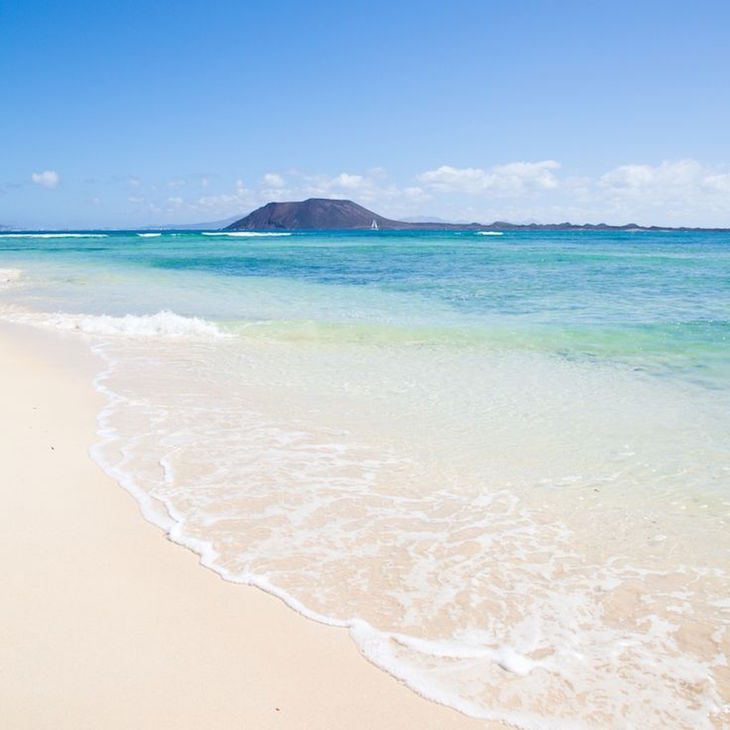
Fuerteventura is the second-largest island in the archipelago after Tenerife, with year-round sunshine and some of the best beaches in the Canaries and all the Spanish Islands. The emerald green waters and over 150 km of white sand beaches are attracting surfers from all over the world. The massive volcanic landscapes and pristine beaches were declared UNESCO World Biosphere Reserve in 2009. Between beach and beach the island’s cheeseries are a must visit. Enjoy the view to the colorful African-style houses with flat roofs dotted along the coast.
Mallorca, Balearic Islands
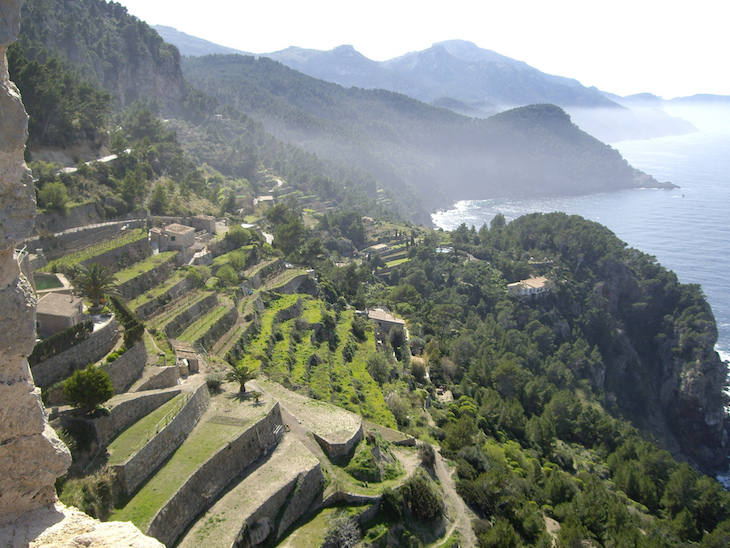 via www.inmonova.com
via www.inmonova.com
Mallorca, the biggest island in the Balearics has been a popular destination for decades. Apart from the resorts filled with tourists, the island has plenty of other ways to enjoy both its coastline and the interior. The best time to visit is autumn and winter to avoid the crowds and the heat. Explore the mountain range called Serra de Tramuntana by bike or on foot, offering amazing scenery of steep slopes. The are is now a World Heritage Site in recognition of the extraordinary techniques used to develop agriculture on the slopes over the centuries. Visit wineries in the centre of the island, or take the antique train that travels between Palma and Soller.


